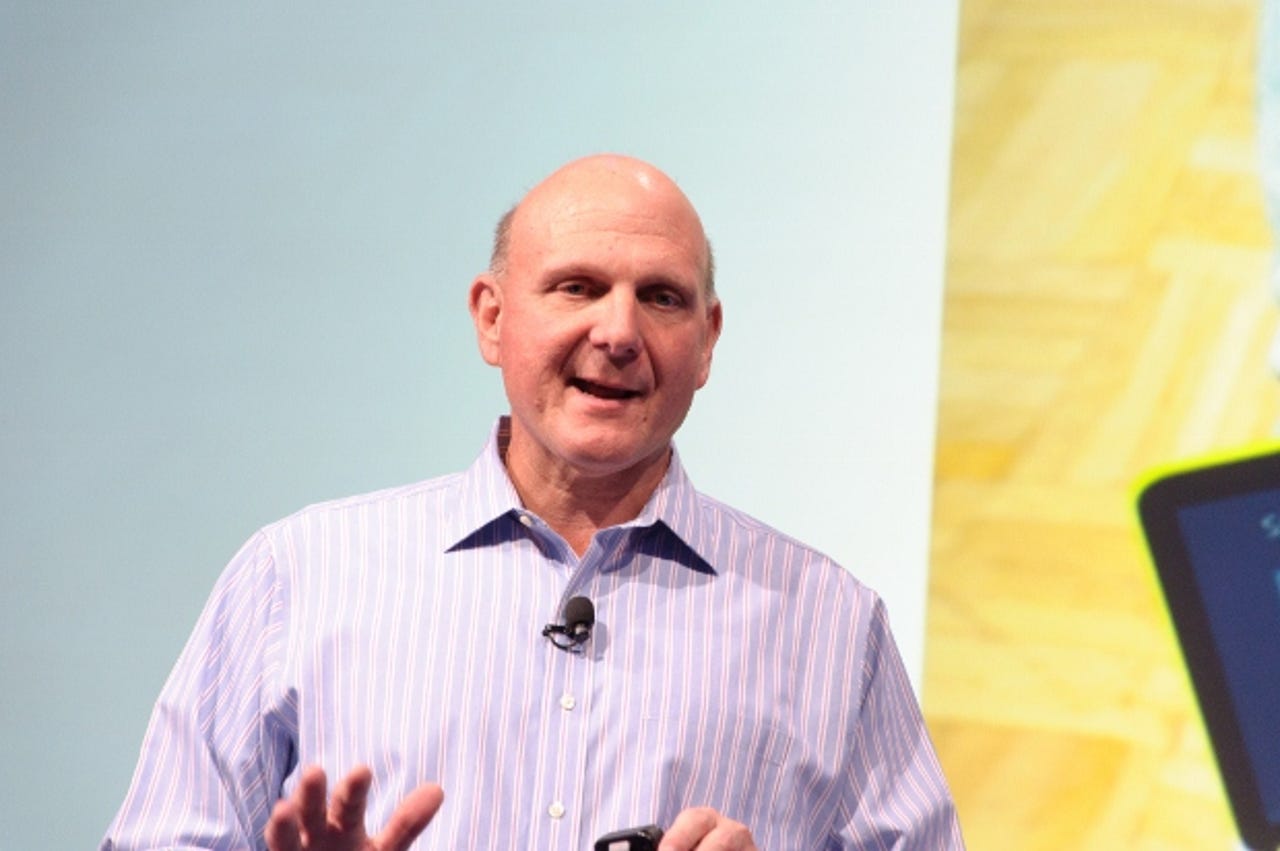Shifting subscriptions: Microsoft's bet-the-company strategy for the future of software

Microsoft CEO Steve Ballmer has been talking a lot about "big bets". Windows 8 is a big bet. Azure is a big bet. Surface is a big bet. Windows Phone another, along with the new Office and Office 365.
But as big as they are, it's becoming clear that they're not the really big bet that the Redmond giant is making — though they're all part of it.

So what is that big bet, and why is it so important for Microsoft?
Two recent events have shed light on just what's happening behind the scenes. The first was at Microsoft's Worldwide Partner Conference in Toronto, the event where it shares its marketing plans with partners and resellers from all over the world.
There, the company announced a new way of selling its Office 365 cloud service, Office 365 Open, which lets resellers bill their customers directly — rather than waiting for a revenue share cheque from Microsoft. The second came at the Office 2013 launch, where Microsoft announced that it would be selling Office subscriptions with Office 365 alongside boxed copies.
That second announcement made more sense of Office 365 Open. Selling boxed copies of Office gave resellers a well-understood revenue stream — one that a subscription service would disrupt.
But by allowing resellers to convert that one-off cost into a continuing revenue stream by Office 365 open, Microsoft neatly prevented a possible revolt from its main channel to end users — and also avoided having to increase the size of its direct sales business.
Putting two and two together, it's clear that Microsoft is making a huge bet on a fundamental change in the software industry, one that changes the way people buy software. Instead of boxed copies that connect to cloud services, it's working towards a future where users and IT departments buy subscriptions to cloud services, and get desktop software as part of the package.
It's a future that's less software plus services and more services plus software. It really is a bet-the-company strategy, one that changes revenue models and customer and partner relationships.
It's also a shift that changes the traditional cadence of Microsoft's software delivery, something I've suggested we're likely to see with Windows. Instead of a big-bang release of a new Office every three years or so, a subscription version of Office becomes something that's continually improved and continually updated.
It's no longer Office 2013, it's Office 365, with quarterly updates to the cloud servers and monthly, even weekly, seamless updates to the desktop tooling.
That changing cadence makes for a much more nimble Microsoft, too. Instead of waiting three years to remove a dead social network from Outlook's address book tools, Microsoft will be able to replace it quickly and quietly, as soon as the numbers show people have stopped using it.
So what could shifting to a subscription model do to Microsoft's financial numbers?
Let's look at Office, for example, which the company says has a billion licensed users. It's part of Microsoft's Business division, which last quarter reported revenues of around $6.3bn. If all those users switch to an Office 365 E3 subscription, which at $20 per month is the cheapest to come with a full Office licence, Office subscription revenues alone would account for $60bn a quarter — more than triple the company's total revenue in that same quarter. That's also slightly less than twice Apple's entire quarterly revenue.
Office alone bigger than Apple? That's a really big bet.
Of course not all users will be subscribers, and not all subscribers will pay that amount — especially as we don't know what the Office/SkyDrive home subscription will cost.
But shifting to a subscription rate that's not much more than the cost of a large Starbucks coffee a week would rapidly change the shape of the software business.
There's a lot of risk to a change this big, and Microsoft has made the sensible decision to start pioneering it with Office. Still think it doesn't add up?
Well, it's not just Microsoft making that bet: Adobe's shift to a subscription model with CS6 and the Creative Cloud is indicative of wider industry changes under way.